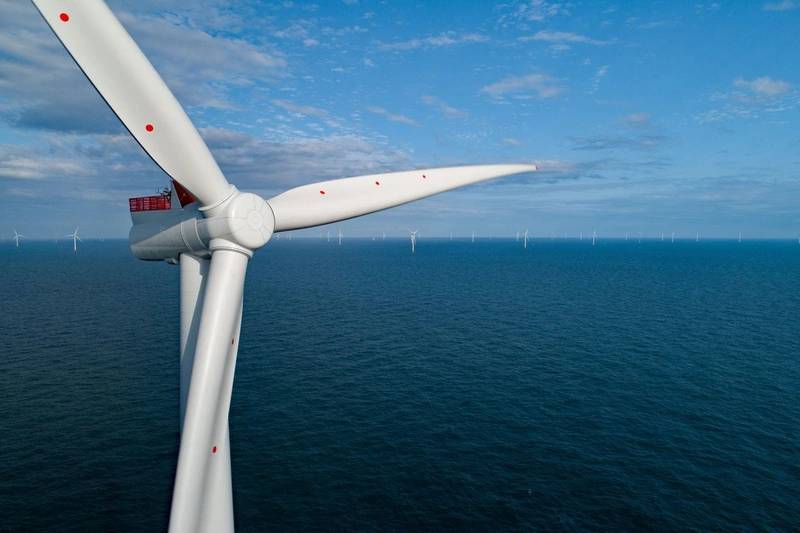
The Fuel Cells and Hydrogen 2 Joint Undertaking (FCH2-JU), a public-private partnership of the European Commission, has awarded EUR 5 million grant to the consortium behind the OYSTER project, to investigate the feasibility and potential of combining an offshore wind turbine directly with an electrolyzer and transporting renewable hydrogen to shore
The consortium, consisting of ITM Power, Ørsted, Siemens Gamesa Renewable Energy, and Element Energy, will develop and test a megawatt-scale fully marinized electrolyzer in a shoreside pilot trial. The project will be coordinated by Element Energy.
To realize the potential of offshore hydrogen production, there is a need for compact electrolysis systems that can withstand harsh offshore environments and have minimal maintenance requirements while still meeting cost and performance targets that will allow production of low-cost hydrogen. The project will provide a major advance towards this aim, the consortium said.
The electrolyzer system will be designed to be compact, to allow it to be integrated with a single offshore wind turbine, and to follow the turbine's production profile. Furthermore, the electrolyzer system will integrate desalination and water treatment processes, making it possible to use seawater as a feedstock for the electrolysis process, the consortium further said.
"The OYSTER project partners share a vision of hydrogen being produced from offshore wind at a cost that is competitive with natural gas (with a realistic carbon tax), thus unlocking bulk markets for green hydrogen making a meaningful impact on CO2 emissions, and facilitating the transition to a fully renewable energy system in Europe.
"This project is a key first step on the path to developing a commercial offshore hydrogen production industry and will demonstrate innovative solutions with significant potential in Europe and beyond," the partners said.
The project is planned to start in 2021 and run to the end of 2024. ITM Power will develop the electrolyzer system and conduct the electrolyzer trials, while Ørsted will lead the offshore deployment analysis, the feasibility study of future physical offshore electrolyzer deployments, and support ITM Power in the design of the electrolyzer system for marinization and testing. Siemens Gamesa Renewable Energy and Element Energy are providing technical and project expertise.
Anders Christian Nordstrøm, Vice President and Head of Ørsted's hydrogen activities, said: "To create a world that runs entirely on green energy, we need to electrify as much as we can. However, some sectors cannot decarbonize through electrification and that's where renewable hydrogen could play a significant role.
"Offshore hydrogen production could be a future, supplemental way of getting large amounts of energy generated from offshore wind power to shore. As the largest offshore wind company in the world, we're of course keen to better understand what it will take to produce renewable hydrogen offshore as a potential future supplement to the production of renewable electricity. Having pioneered the offshore wind industry, we know that thorough analysis and testing are required before deploying new technologies at sea."





No comments:
Post a Comment